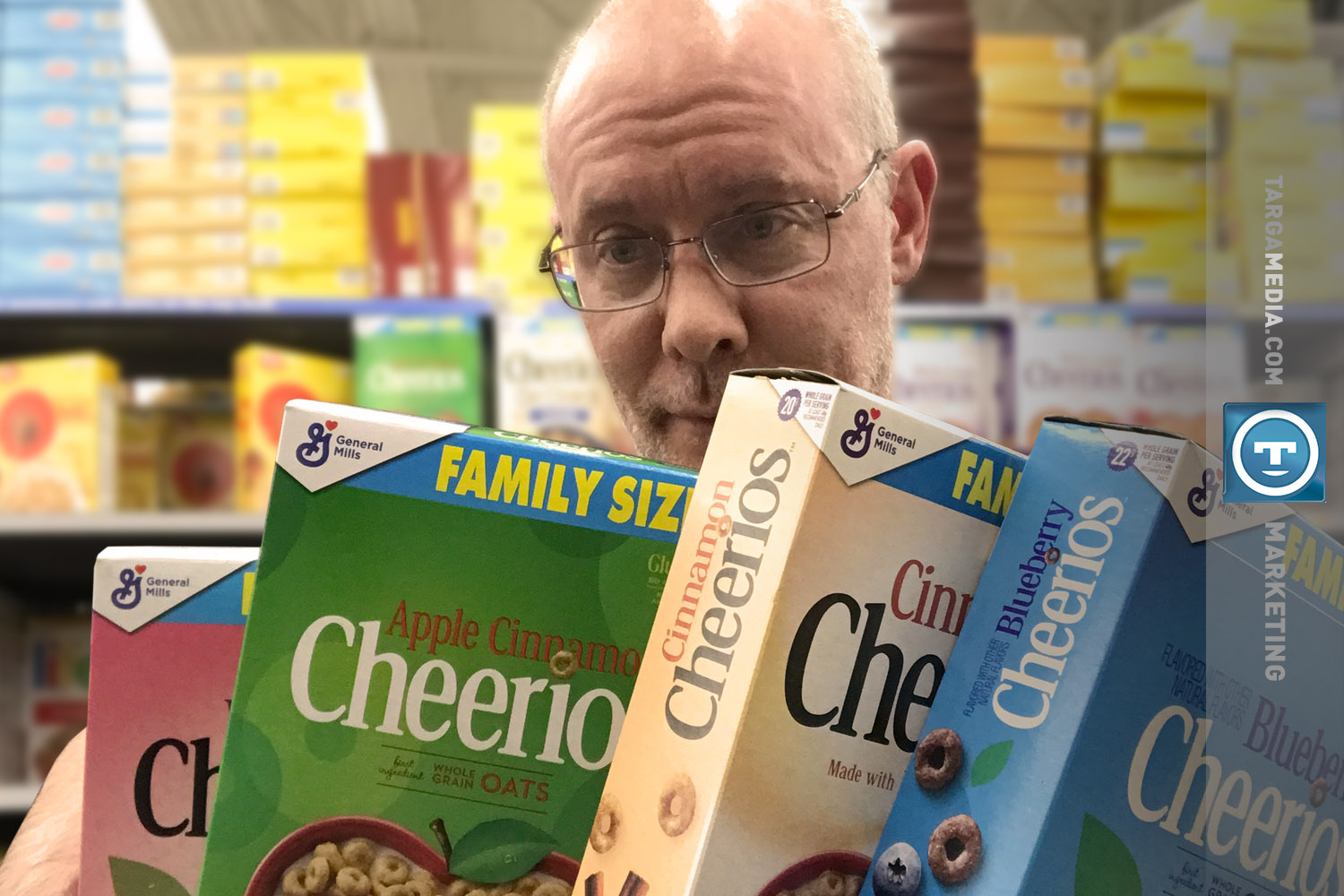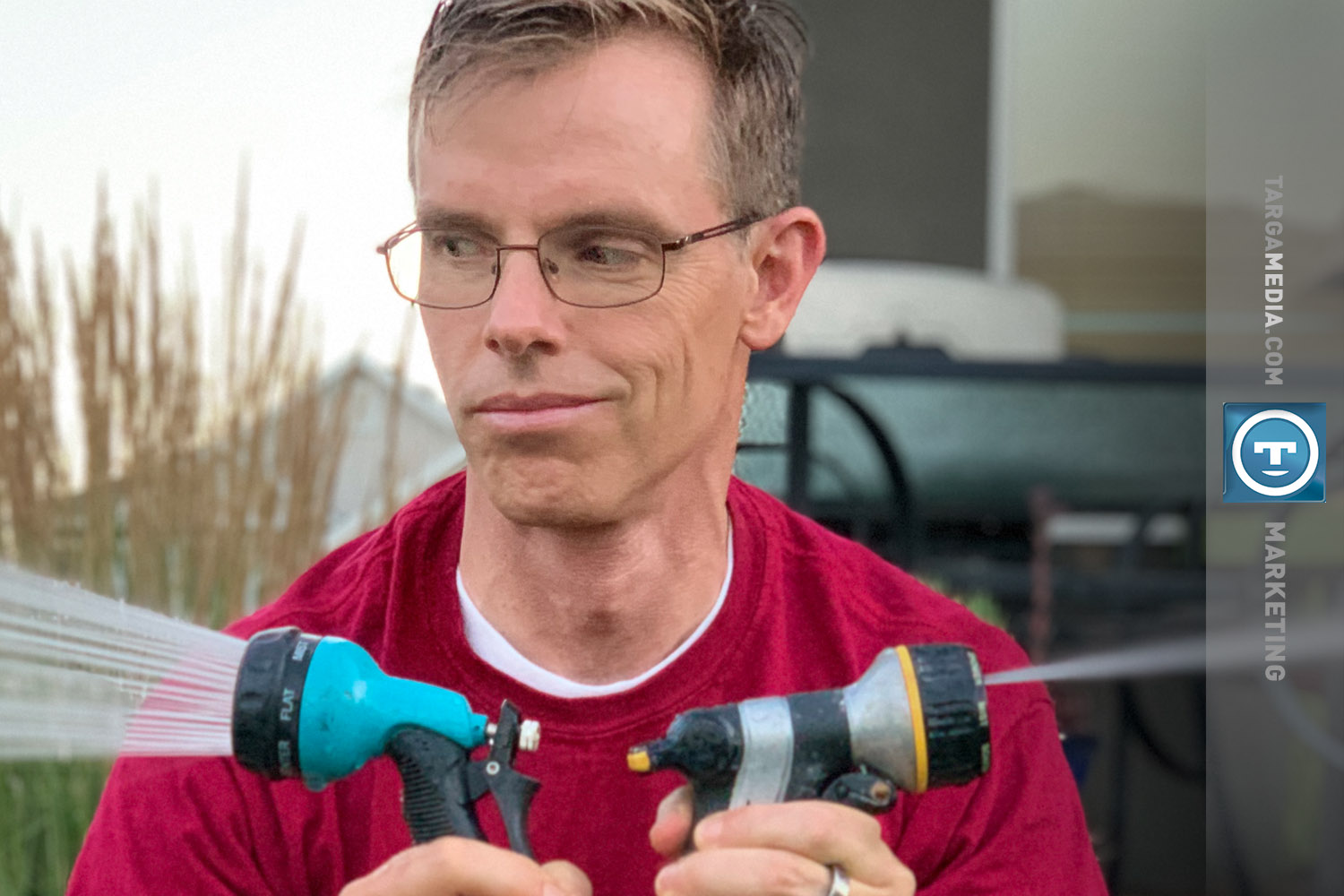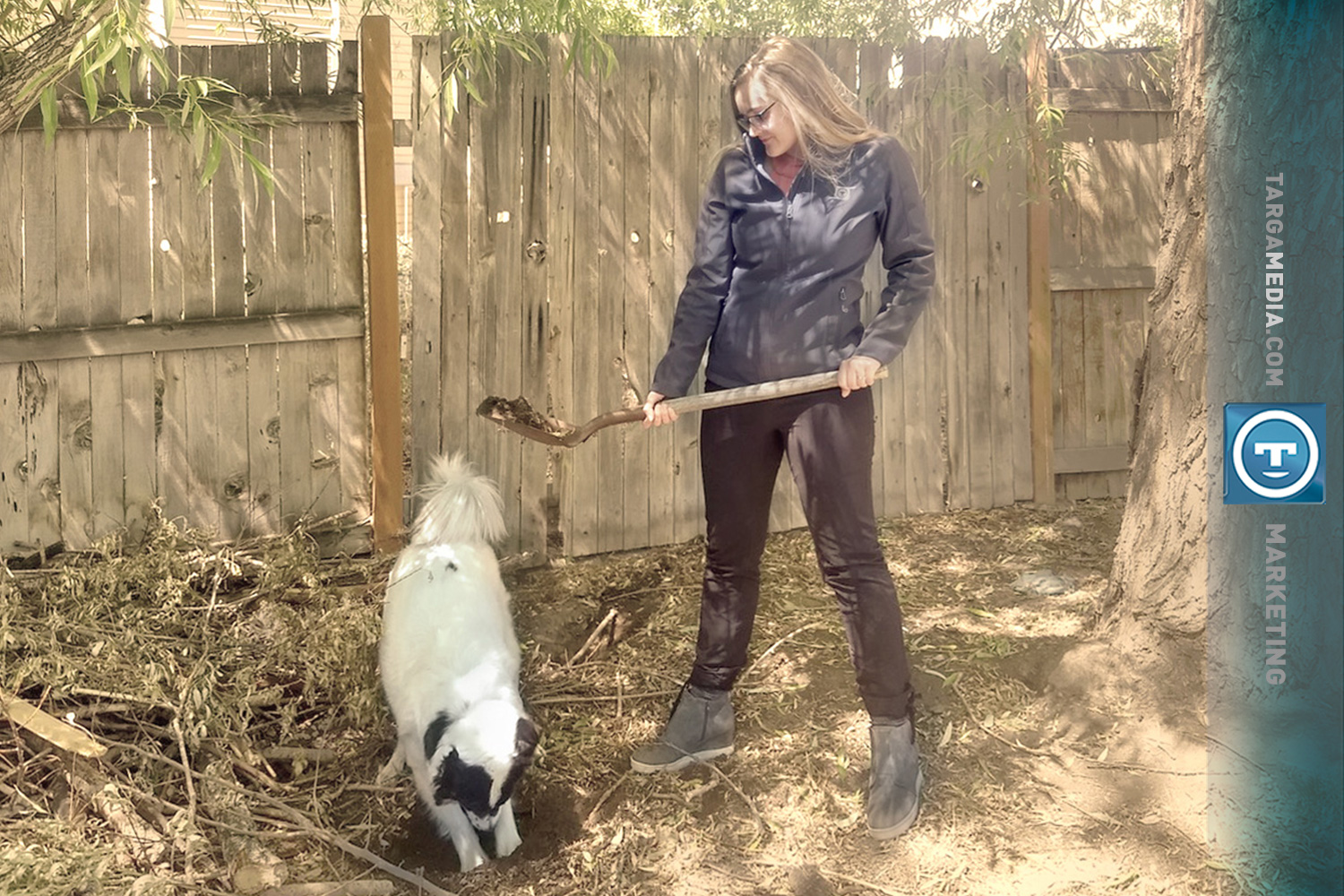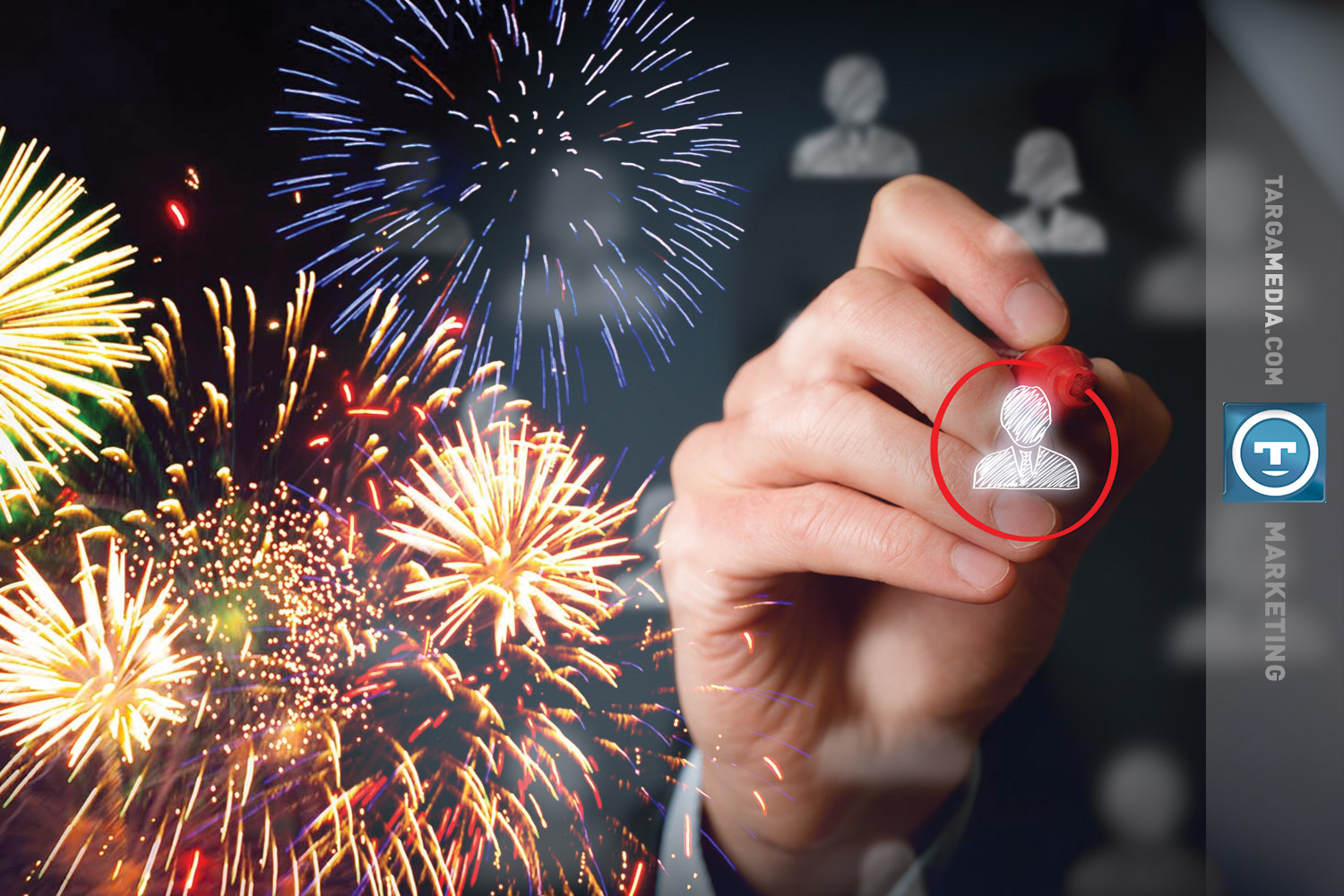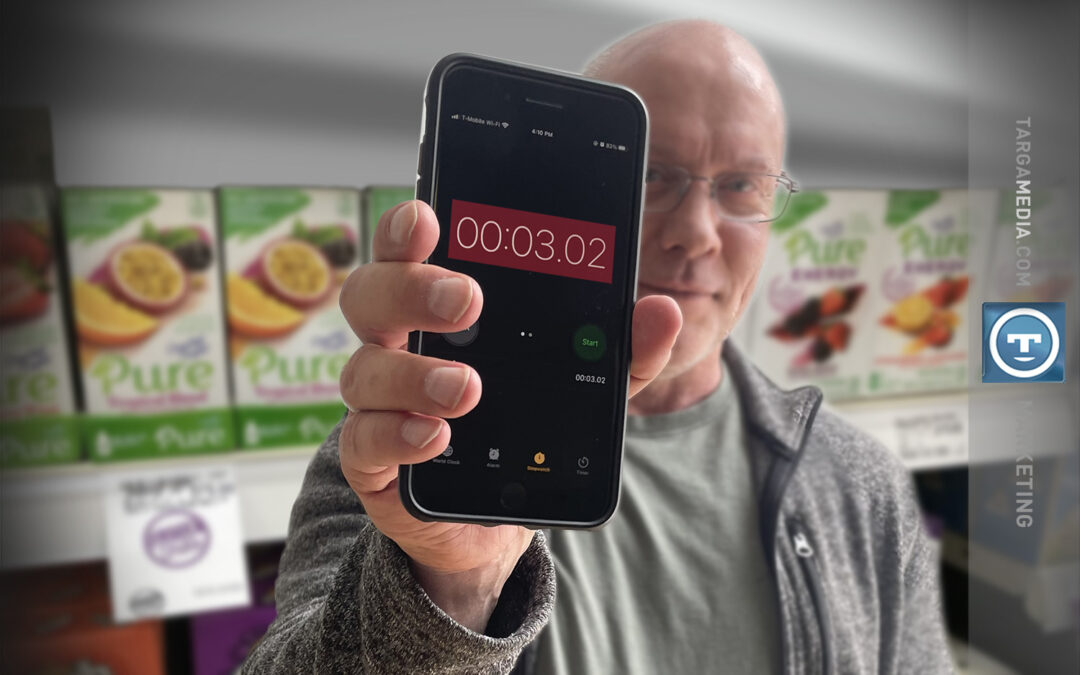
You Have 3 Seconds to Make an Impact

Tony Kemp
Technical Director
You Have 3 Seconds to Make an Impact
We always hear that you should “Never judge a book by its cover,” but many people do just that. For example, a national study by the Paper and Packaging Board showed that 72% of consumers agree that packaging design influences their purchasing decision. I would argue that this extends to any presentation of a company’s products or services. This means first impressions can make or break your brand’s ability to connect with your customers.
If you want to move product, you need to design a brand strong enough to command attention. Understanding the power of visuals and the psychology behind them is key to creating a strong brand and that essential first impression.
You should consider these statistics from DeanHouston.com before starting the brand design process:
1. We have 3 seconds to form a first impression.
The average person’s attention span is now eight seconds (shorter than a goldfish’s!), so deliver your message fast, and make sure it’s the right message. If that first impression goes wrong, we probably won’t have a second chance to change their minds. It takes approximately 20 encounters (or more if you’re unlucky) to fix a bad impression.
2. We see an average of 5,000 or more marketing messages per day.
With advertisements packed into every form of media we consume, our natural response to the sheer volume of messages is to tune them out. This tendency makes your job as a marketer much harder. In less than ten seconds, we must grab the consumer’s attention, tell our story, and make our promise.
3. 90% of information that our brain receives is visual.
Visual information is far easier to retain. In fact, visuals improve learning by up to 400%. Make visuals the most prominent component of your design, and you’ll make it easier for consumers to connect with your brand. If your design stands out visually from your competition, consumers are more likely to remember your brand.
4. Nine out of ten times, visual appearance will determine the emotional reaction to a brand.
In 1947, Dr. Max Lüscher, a Swiss psychotherapist created a test to prove that our perception of color was objective and universally shared. Instead, he found that color preferences were subjective and could not be objectively measured. In the test, people judged vague generalities regarding color that apply to most people to be accurate descriptions of themselves; think fortune telling or astrology. We make judgements regarding colors based on our perceptions, experiences, cultural differences, and more. Later research found that 90% of snap judgements about products could be based on color alone, depending on the product. This ultimately means that the visual appearance of your brand influences your audience and customer’s ability to connect emotionally with your product or service.
Do you want to get noticed in three seconds? We can help! Contact Targa Media now to help you build your brand and increase consumer engagement & innovation. Call 801-746-0070, email info@targamedia.com, or visit us at targamedia.com/contact.




